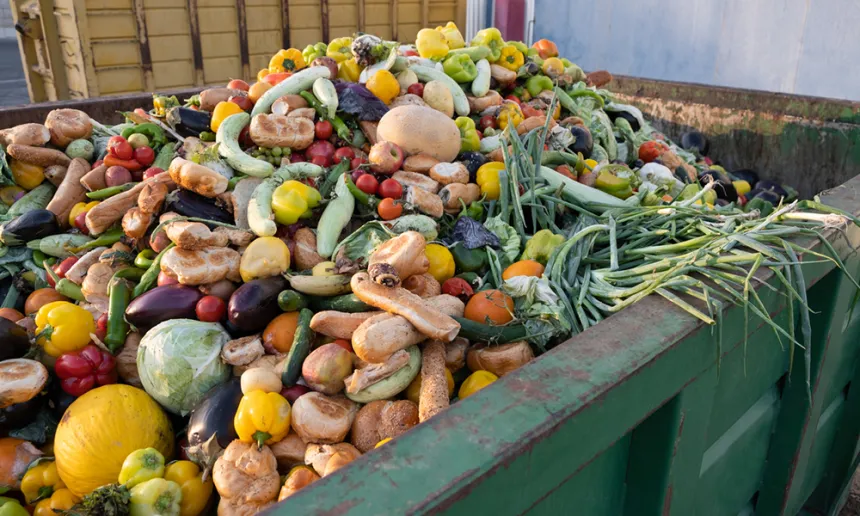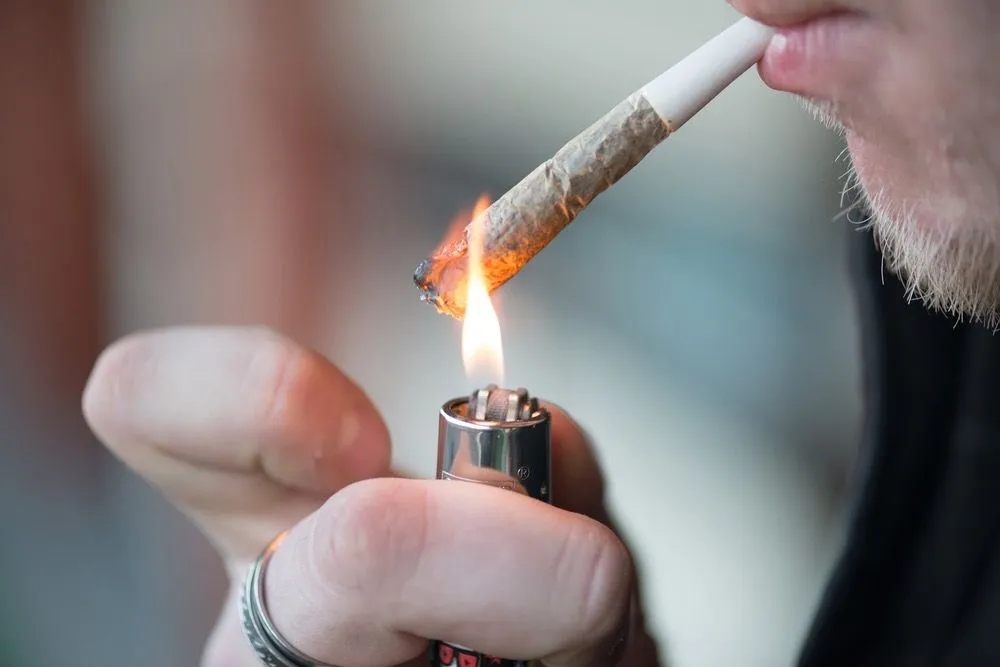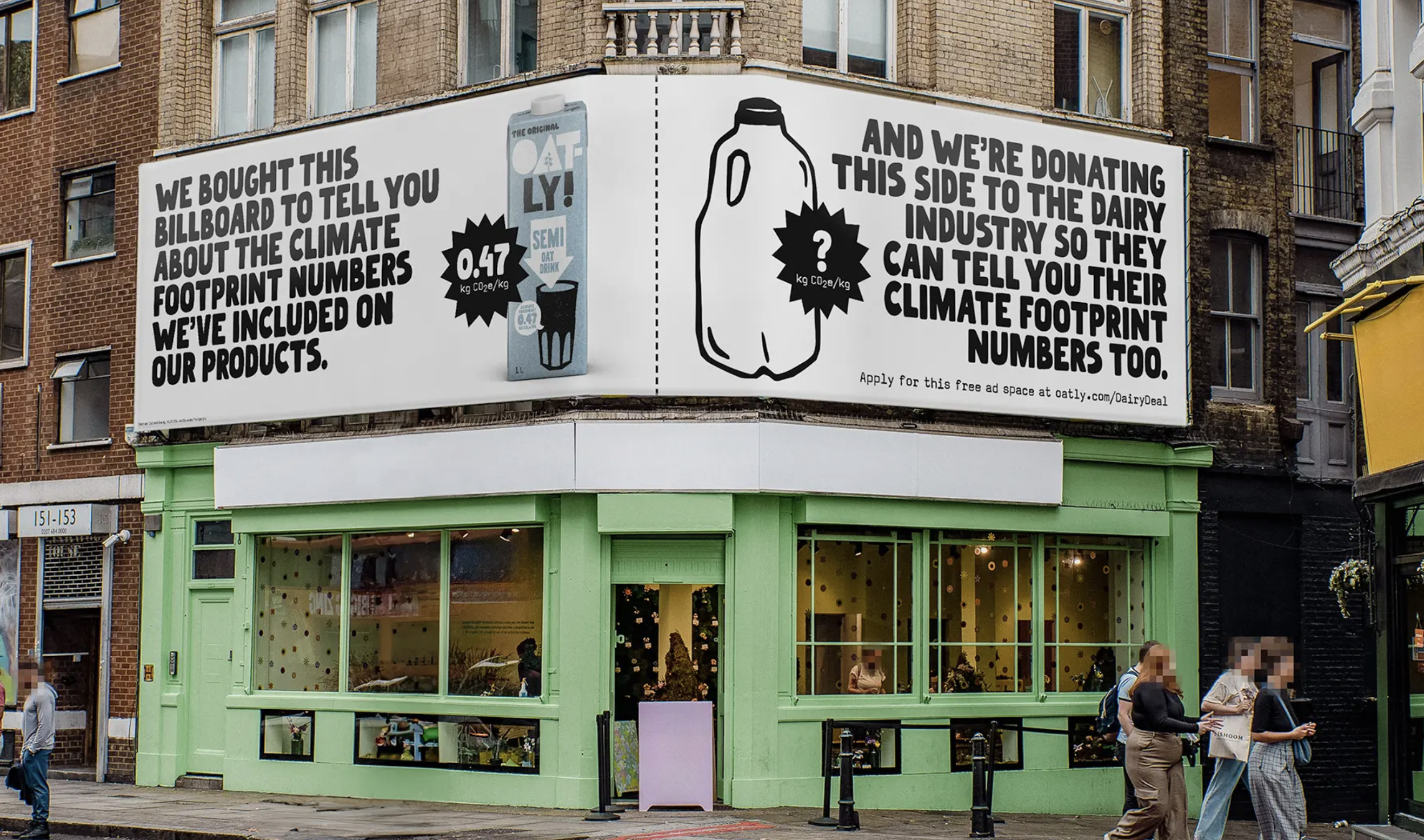PUBLISHED
Dec 19, 2023
WORDS
Esme Smith
The next revolution is… Minimizing Food Wastage.
Brazil isn’t alone in the food it wastes. Christmas in the UK is particularly bad. According to Business Waste UK, we throw away 263,000 turkeys, 7.5 million mince pies and 17.2 million sprouts.
Globally we waste about a third of all food produced for human consumption. Meanwhile, as World Vision and Soup Kitchen both reveal in their campaigns, millions of people around the world face starvation. The fact these two phenomena can happen simultaneously reflects the horrifying state of our food systems.
And it’s not just a people issue. If you represented the volume of global food waste as a country, it would be the third largest greenhouse gas emitter in the world (UNEP). When we waste food, we also waste all the energy and water it takes to grow, harvest, transport, and package it. And if food goes to the landfill and rots, it produces methane—a greenhouse gas even more potent than carbon dioxide.
A greener, minimal-wastage Christmas dinner could be the best present for your wallet, for the environment, and for people.
This kind of behaviour change is just one of the steps we need to take. Food brands have both a responsibility and a great opportunity to act. We believe there are three main ways a brand can fight the food-waste fight.
Globally we waste about a third of all food produced for human consumption. Meanwhile, as World Vision and Soup Kitchen both reveal in their campaigns, millions of people around the world face starvation. The fact these two phenomena can happen simultaneously reflects the horrifying state of our food systems.
And it’s not just a people issue. If you represented the volume of global food waste as a country, it would be the third largest greenhouse gas emitter in the world (UNEP). When we waste food, we also waste all the energy and water it takes to grow, harvest, transport, and package it. And if food goes to the landfill and rots, it produces methane—a greenhouse gas even more potent than carbon dioxide.
A greener, minimal-wastage Christmas dinner could be the best present for your wallet, for the environment, and for people.
This kind of behaviour change is just one of the steps we need to take. Food brands have both a responsibility and a great opportunity to act. We believe there are three main ways a brand can fight the food-waste fight.

Innovation: turning waste into opportunity
By looking at food wasted in the supply chain, or finding opportunities to introduce food waste to create a product, brands can simultaneously innovate and reduce carbon emissions. Take the food waste in your supply chain and turn it into something positive. For example using waste to create new products, or creating renewable energy from unusable waste. Innovation drops are one good example. Ecover recently launched a limited run of cleaning products made using up to 97% rescued food waste.
The company Trazable digitises food supply traceability records using blockchain technology. This allows suppliers to control the life cycle of a product as they can find out immediately when food is spoiled or contaminated.
And as much as tech and AI will inevitably have a big effect, simpler tactics such as working closer with factory teams can also yield great results as Unilever has found on its quest to halve food waste by 2025. By looking at food wasted in the supply chain, or finding opportunities to introduce food waste to create a product, brands can simultaneously innovate and reduce carbon emissions.
These innovations can provide the substance for purpose led sustainability communications. Instead of communicating a corporate 2030 goal that no-one really cares about, an innovation, one available now, shows a more immediate commitment to sustainability targets.
The company Trazable digitises food supply traceability records using blockchain technology. This allows suppliers to control the life cycle of a product as they can find out immediately when food is spoiled or contaminated.
And as much as tech and AI will inevitably have a big effect, simpler tactics such as working closer with factory teams can also yield great results as Unilever has found on its quest to halve food waste by 2025. By looking at food wasted in the supply chain, or finding opportunities to introduce food waste to create a product, brands can simultaneously innovate and reduce carbon emissions.
These innovations can provide the substance for purpose led sustainability communications. Instead of communicating a corporate 2030 goal that no-one really cares about, an innovation, one available now, shows a more immediate commitment to sustainability targets.
Partnerships- no one company can do it alone
Like any major issue, it’ll take a huge group effort to make an impact. To add expertise and credibility to brand actions, partnerships can be an excellent idea. Full-service recycler Denali and Walmart work together to provide food waste recycling at Walmart’s 4,700 stores throughout the U.S. Pizza Express has partnered with surplus food marketplace, Too Good To Go, to help reduce food waste from its restaurant operations.
Others have taken a more creative approach, Ocado teaming up with the comic book Beano to launch their first ever cookbook, with recipes only featuring the food we most commonly throw away. From NGOs, to apps, to publications, there are so many ways to collaborate and fight food waste.
Others have taken a more creative approach, Ocado teaming up with the comic book Beano to launch their first ever cookbook, with recipes only featuring the food we most commonly throw away. From NGOs, to apps, to publications, there are so many ways to collaborate and fight food waste.
Behaviour Change – Helping Consumers to take action
For high income countries the proportion of food that is wasted is highest at the consumption stage. Brands can play a huge role at helping people change the way they store, cook, eat and share food to avoid waste. Supermarkets have attempted to stop food being thrown away at home by ‘use by’ dates and replacing them with ‘best before’. There’s still a role to play in helping to educate people to know when food is edible. For example, the smell of milk, the colour of produce, the texture etc.
Other brands have made a success of helping people share their waste with others. OLIO attempts to stop food waste by connecting those with food they don’t need with people who do. Too Good To Go connects retailers with food that’ll go to waste with people willing to take a punt on a surprise selection of food at the end of the day. Ingredient brands can help give people inspiration as to how to use up leftover food. Hellman’s mayonnaise helped people to use up food that’s been sitting in the fridge with recipe suggestions.
Food waste is a massive global issue, one which needs a huge group effort. Those that find a way to tackle food waste in a way that is innovative and beneficial for others, will not only be solving a climate issue, they’ll have a strong foundation for sustainability communications that help build a stronger, more valuable brand.
Enjoyed this? Click here to sign up for next month’s newsletter.
Other brands have made a success of helping people share their waste with others. OLIO attempts to stop food waste by connecting those with food they don’t need with people who do. Too Good To Go connects retailers with food that’ll go to waste with people willing to take a punt on a surprise selection of food at the end of the day. Ingredient brands can help give people inspiration as to how to use up leftover food. Hellman’s mayonnaise helped people to use up food that’s been sitting in the fridge with recipe suggestions.
Food waste is a massive global issue, one which needs a huge group effort. Those that find a way to tackle food waste in a way that is innovative and beneficial for others, will not only be solving a climate issue, they’ll have a strong foundation for sustainability communications that help build a stronger, more valuable brand.
Enjoyed this? Click here to sign up for next month’s newsletter.
Your Cookie Settings
By clicking 'Accept All Cookies', you agree to the storing of cookies on your device to enhance site navigation, analyse site usage, and assist in our marketing efforts.



